Knowledge
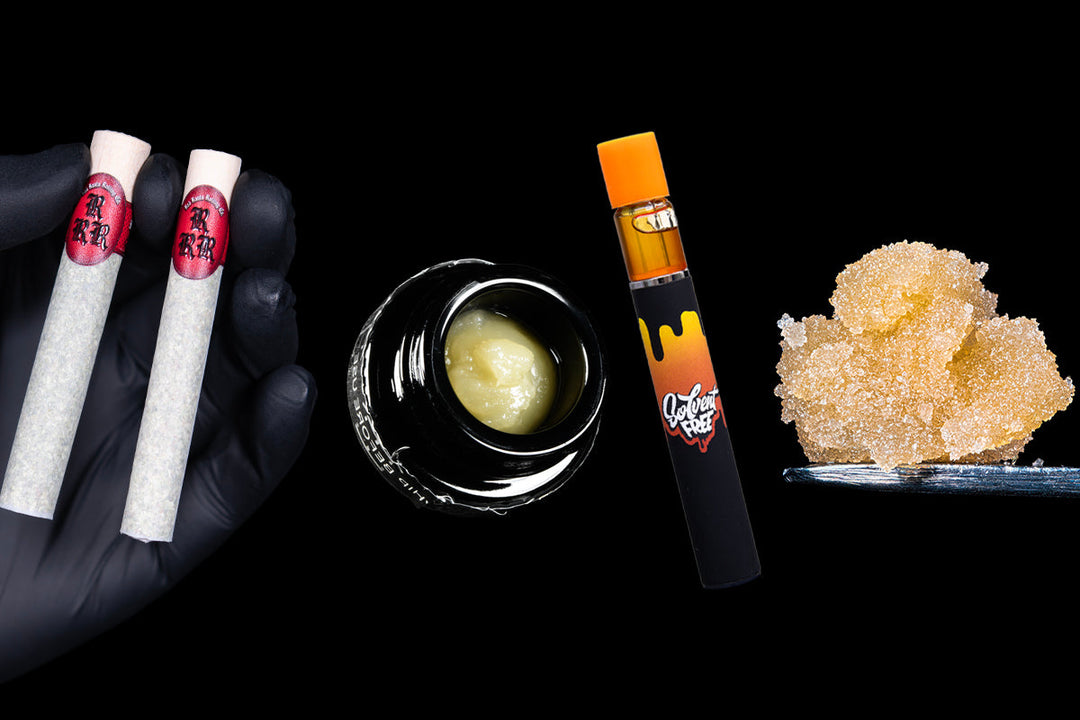
If you’re making solventless rosin, ice water hash, vapes, or even the illusive batch of full melt, chances are you’ve got a good handle on your general process but are always looking for ways to differentiate your product line. That’s why we pulled this blog together to help you figure out which new SKUs you can start offering that will get even the snobbiest connoisseurs excited and create some additional momentum behind your brand.
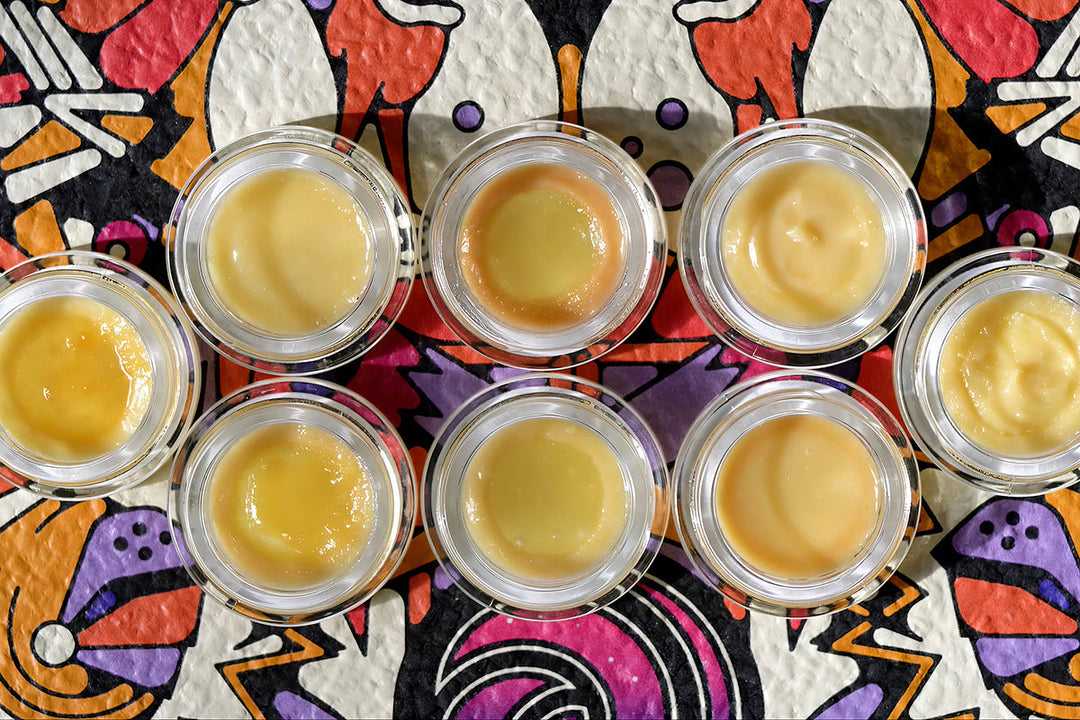
Thumbprint rosin has become one of the most buzzed-about forms of solventless concentrate in recent years. With its signature blend of cold cure and rosin jam in a single puck, it delivers a unique two-texture experience that hashmakers love to craft and connoisseurs can’t get enough of. Dive into how to make it, its history, and why thumbprint rosin stands out as a true marker of quality and creativity in the world of concentrates.
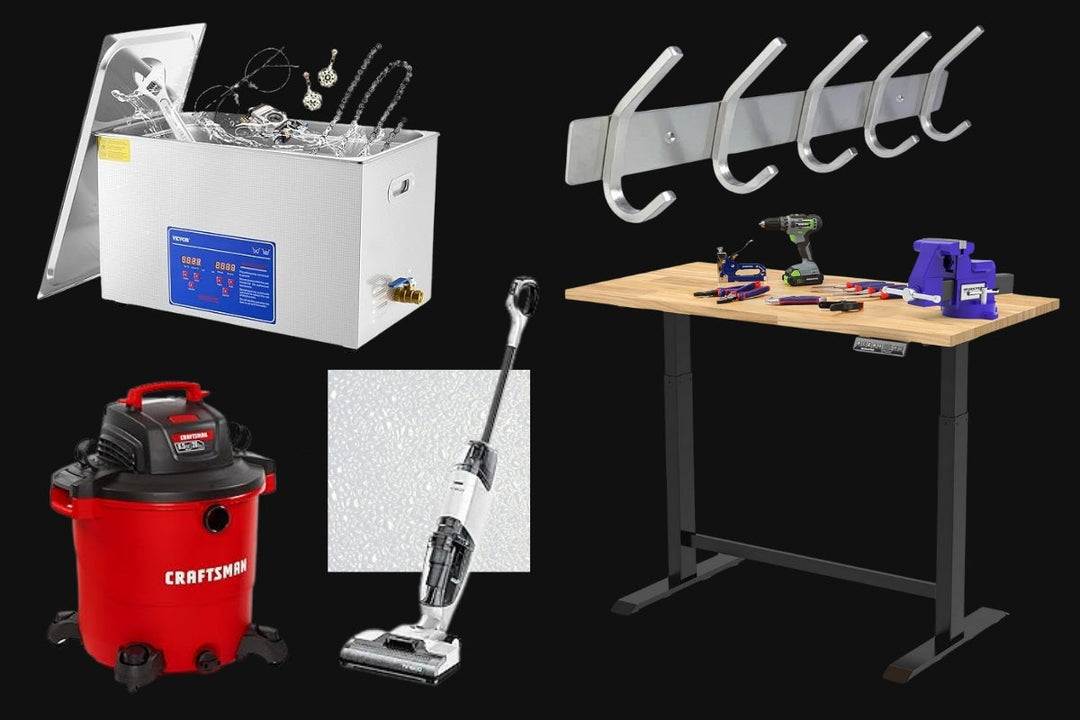
At Lowtemp, we build hashmaking equipment from the ground up. But not everything in our lab comes with a Lowtemp logo on it. Some of the most useful tools in our workflow are simple, off-the-shelf items we use daily. They save time, keep the lab clean, and make the process smoother. We don’t make them, and we’re not trying to sell them to you. We just think they belong in every lab.
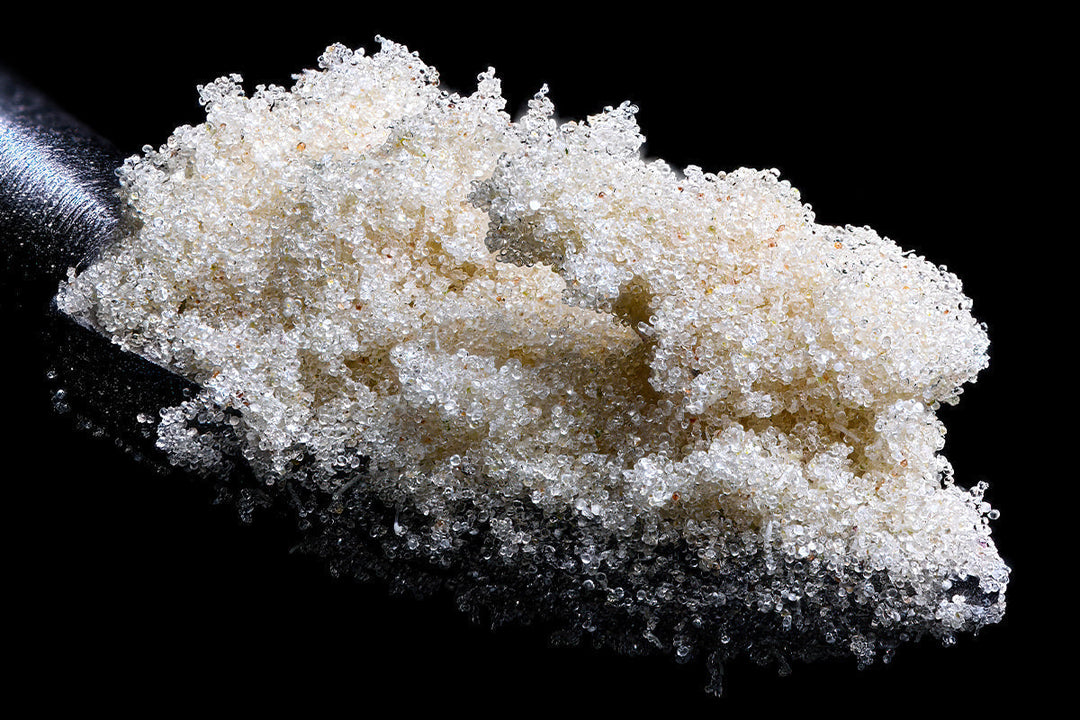
Dry sift hash is a solventless concentrate made by mechanically separating trichomes using mesh screens—no water or chemicals needed. This guide breaks down every step of the process, from chilling your tools to refining your sift using the carding technique and static tech. Learn how to create high-quality dry sift at home, how to use it, and how to troubleshoot common issues like green contamination. Whether you want to dab it, press it, or infuse it into edibles, this article has everything you need to get started.
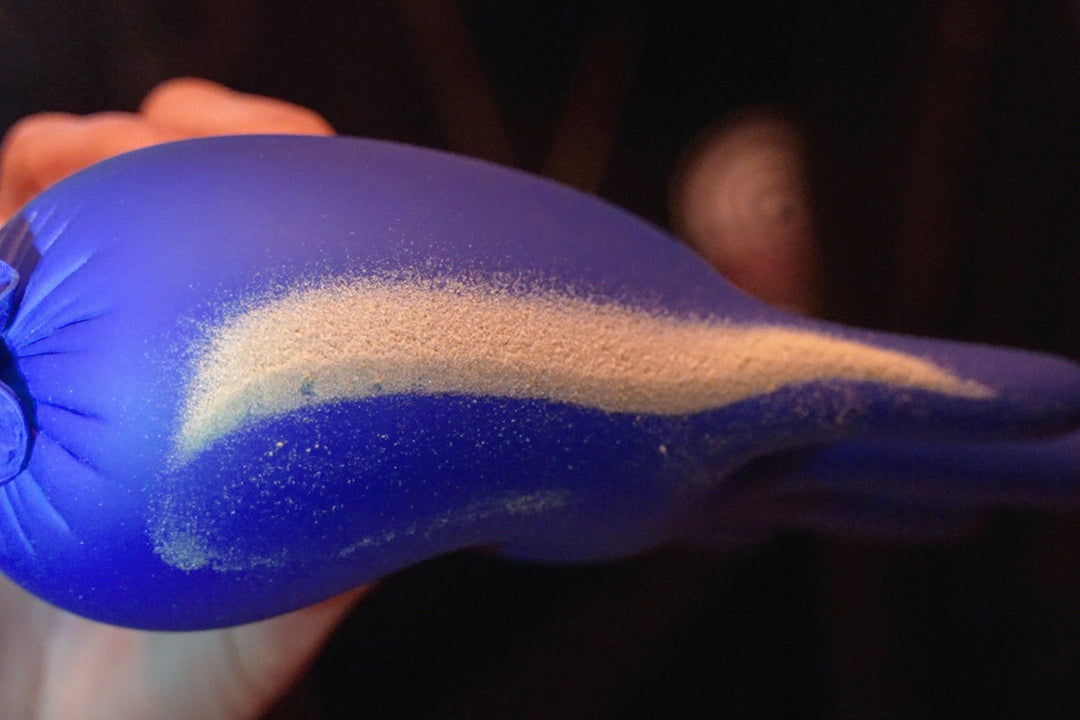
Even the best dry sift can end up with unwanted plant materials. In this guide, we’ll walk you through static tech—an easy and effective method for refining your dry sift hash without water or solvents. Whether you're working with a CD case, paint roller, balloon, or nitrile gloves, you’ll learn how to separate trichomes more efficiently and improve the quality of your final product.



